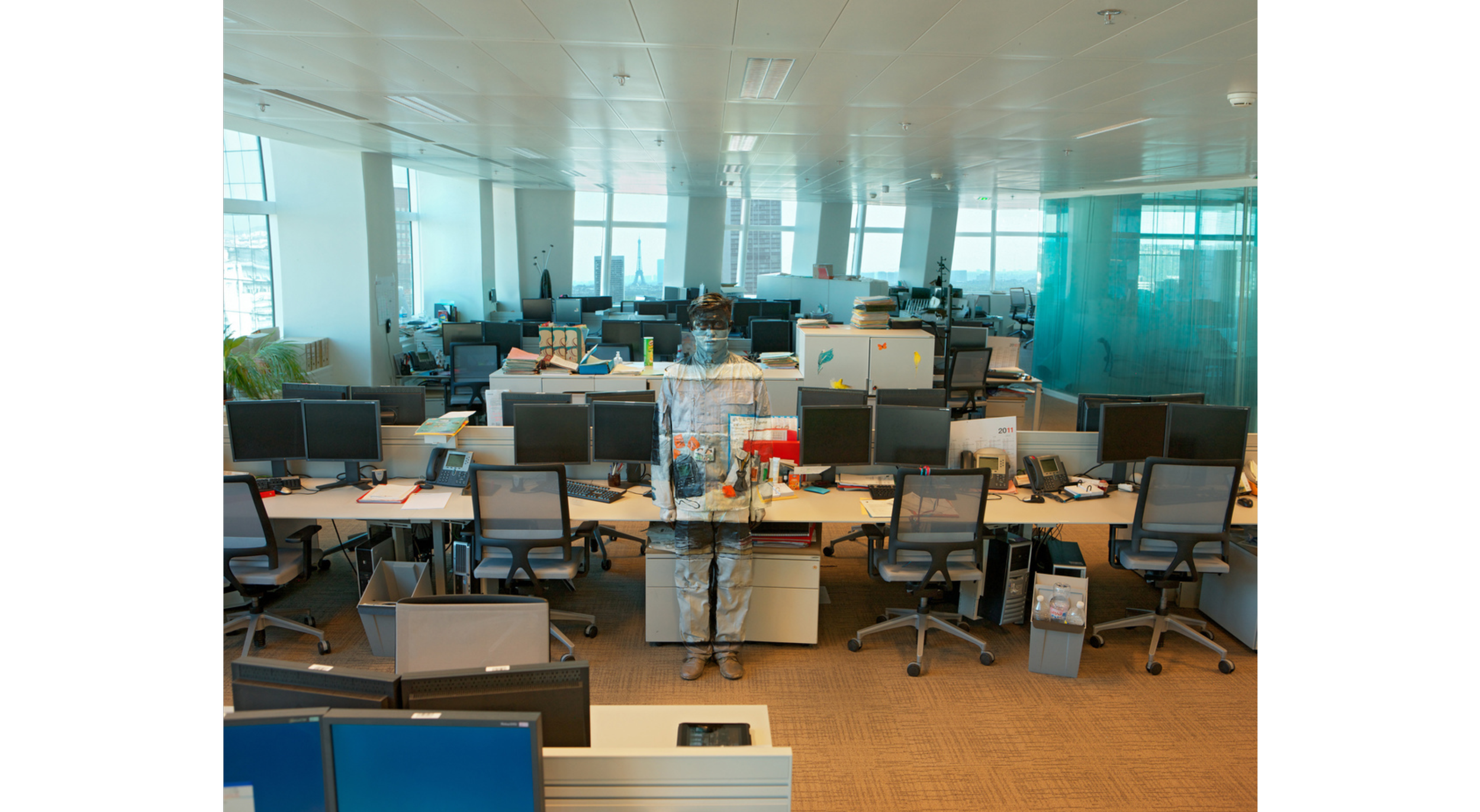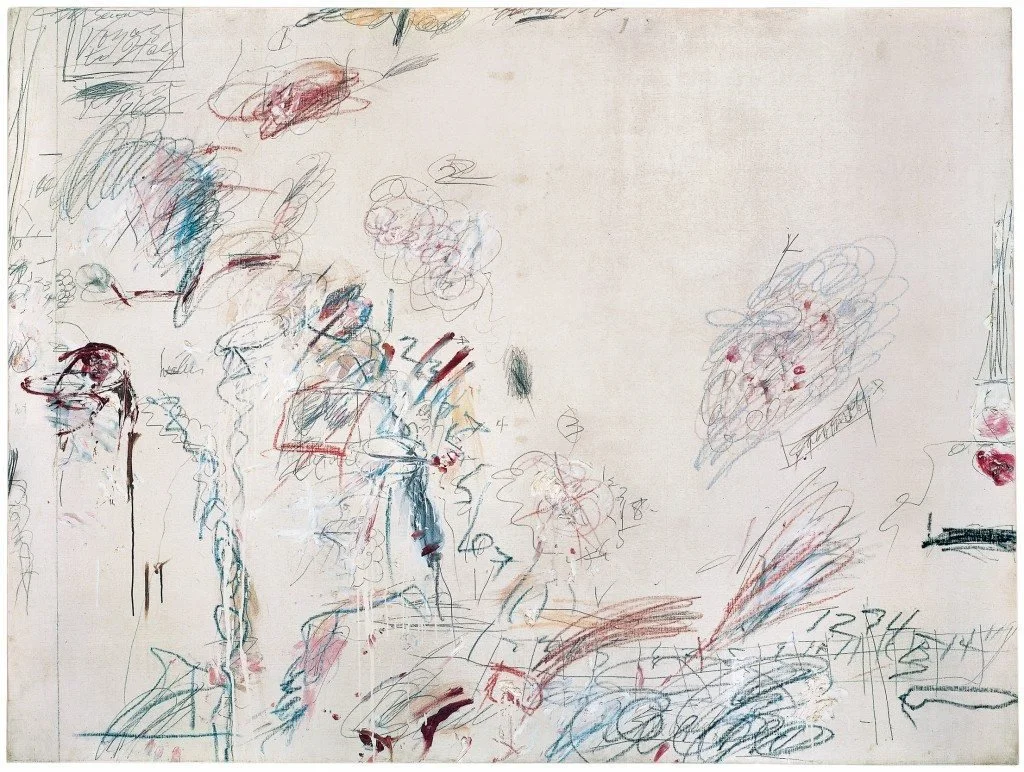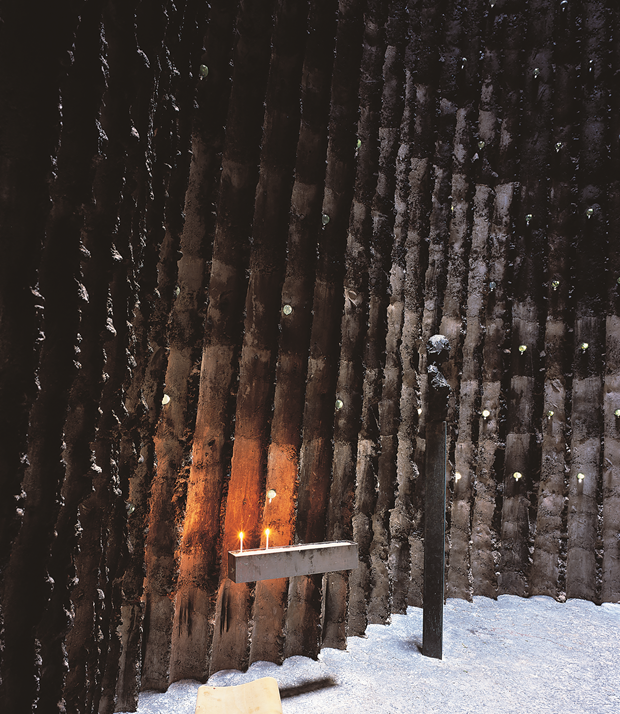Misk Panel: Haptic Fantasia (Draft Thesis)
Today I will be taking you through a journey of thoughts, refection, collections of books and musings on musings
We move from earthen canyons …. to aluminum heights
Today I want you to meditate with me … On the fractures of our inhabitation
The loss of mud, wood, and stone … the envelopes of aluminum and steel
We will look at the state of our perception, optic and haptic
The state of the biological … and the synthetic
Today, I want you to ruminate with me, on the loss of our bodies …
on our shift from constructing with our hands, to constructing with our screens
Today we remain together in the haptic
Vision & Knowledge in Ancient Greece:
In his seminal book “The eyes of the skin” Juhani Pallasmaa provocatively attributes the alienation and marginalization we feel towards our cities to our collective neglect of the haptic. He points to a time at the infancy of western culture, in Ancient Greece, when a philosophical regard for vision as the noblest of senses was birthed. The most interesting of his references may be Aristotle’s in which he binds sight to intellect and immateriality, and I quote:
“ (sight) approximates the intellect most closely by virtue of the relative immateriality of its knowing”
An indicative comparison comes from digesting the contrast between Laugier’s drawing of the primitive hut and Vitruvius’s drawing titled “Follow the Footpath”. While in Laugier we see architecture being birthed from the earth, constructed of natural twigs and materials, Vitruvius projects architecture onto the landscape, no longer does architecture and its environment interact.
Linguistically, our high regard for the ocular is reflected. Expressions like “minds eye” and even the title of this talk: the “perception” of nature, perception being our default mode for deconstructing, understanding and defining our world.
Vision & Control in the modern world:
But why does this matter? How could a subtle subconscious pyramid scheme of the senses affect the ways in which our world is designed, constructed and lived in?
To answer this, one must look at the ingrained attributes of the senses, if touch is sensual, textural, if touch makes you quiver with shivers, or swell in heat, sight is exacting, controlling, a way to acquire and dictate our worlds and our truth.
David Michael Levin beautifully relays the qualities of vision:
“The will to power is very strong in vision. There is a very strong tendency in vision to grasp and fixate, to reify and totalize: a tendency to dominate, secure, control … (thus) establishing, in keeping with the instrumental rationality of our culture and the technological character of our society, an ocularcentric metaphysics of presence”
Vision & Technology:
In this way, our technological developments have always been flowing in rivers towards sight. We birthed ultra-reals, virtual realities, computer screens and synthetic materials devoid of the haptic. We construct furniture, homes and cities with machine hands and industrial production. We replicate, globally, atoms splitting with no regards to environments. Our bodies as haptic sensors have been left cold, in offices, malls and airports made of plastic. The digital has left our bodies, including our hands homeless.
So what I mean to say, is a remembrance, that architecture is a collection of objects that make walls, windows, frames and ornament. By disregarding the haptic, the material in the elements of our homes, architecture and cities, the result is environments made by laser cut aluminum panels, that are drawn on a computer screens, cut in a factory machine and assembled by low-wage worker uninterested in the objects history nor future.
Of this Pallasmaa beautifully states the following:
“the inhumanity of contemporary architecture and cities can be understood as the consequence of the neglect of the body and the senses, and an imbalance in our sensory system”.
Time, Nature & the Hand:
As we arrive here, I think of New York, I think of Riyadh, I think of aluminum panels and of my grandmothers mud bricks, and I ask, What is an architecture of the body? What is an architecture of the hand? And what is the relationship between the hand and nature?
A Hint arrives from Roland Barths essay on CY Towmbly’s work, in which he says:
“The essence of an object has something to do with the way it turns into trash’
So time, essence, and object have a relationship, how about nature? Pallasmaa Says:
“natural materials express their age and history, as well as their origins of human use .. the patina of wear adds the enriching experience of time to the material … (objects) of this technological age usually deliberately aim at ageless perfection, they do not incorporate the dimension of time … this fear of he traces of wear and age is related to our fear of death”
What is not explicitly clarified, but I venture to pose, is that the element of time is ingrained in our objects through our hands rather than our eyes. Time, and the way it changes us and our environments, is the way nature presents itself in both the biological and synthetic.
What is indictive here, is the role of time in humanizing objects.
1. Time can be encapsulated in ruminant “gestures” by the hand that made it
2. or by the way the material combusts with its environment as it lapses in time
3. or even by embedding personal historic references that bring a time past to the present.
4. Or by testing, exposing or juxtaposing a material’s physical & chemical properties




